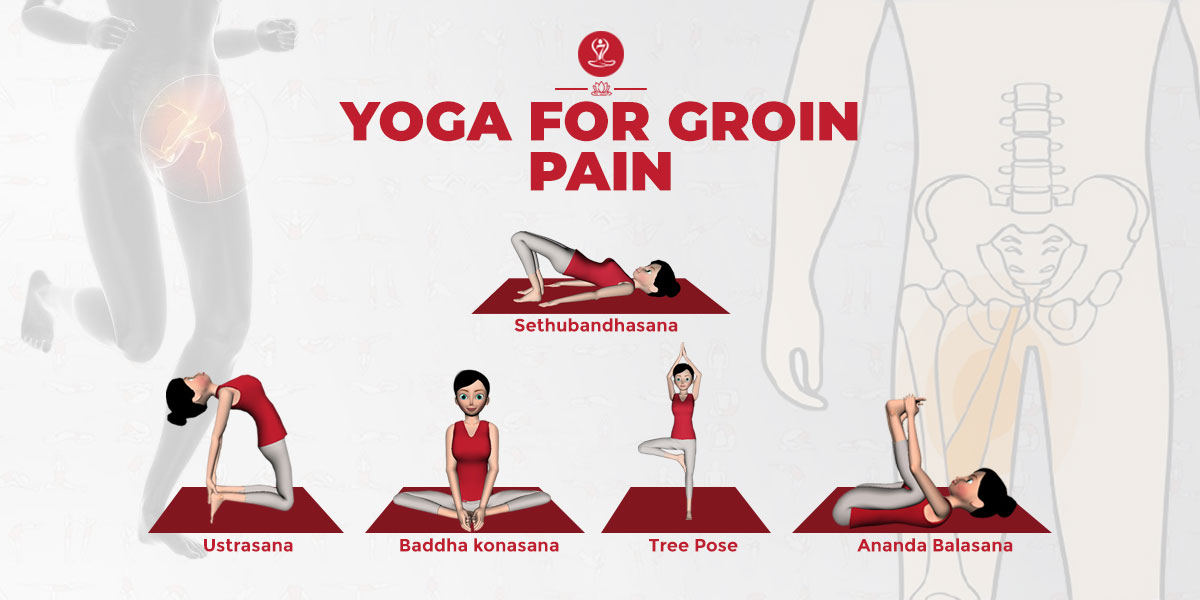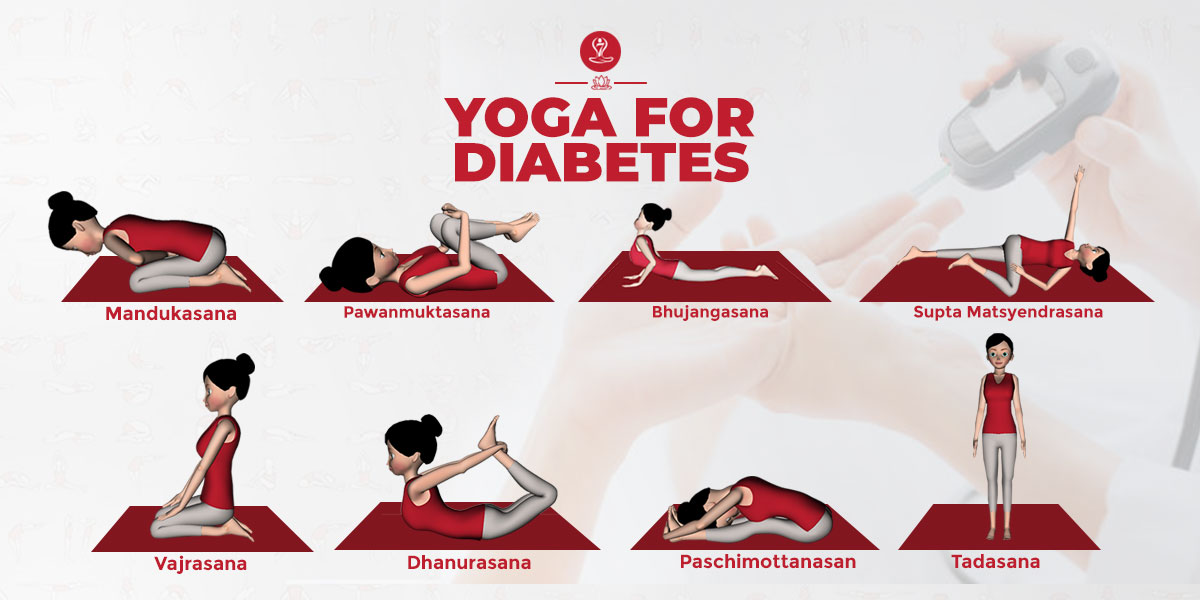
Baddha padmasana is an advanced variation of the Padmasana (lotus pose) as well as a focal point for many types of meditation practices. This cross-legged seated meditation asana maintains physical and mental stability.
In the olden times, Yogis and Rishi-muni used to sit in this posture and meditate and used to start their yoga session with this asana. Baddha Padmasana is described in ancient yogic texts like Yajnavalakya and Thirumanthiram.
Bound Lotus Pose Basics
| Sanskrit Pronunciation | Baddha Padmasana (BAH-dah Pa-dah-maa-sun-aa) |
| Meaning | Baddha‘ means ‘bound’ or ‘locked’, ‘Padma‘ means ‘lotus’ and ‘asana‘ means ‘pose’ |
| Pose Type | Sitting |
| Pose Level | Beginner |
| Style of yoga | Advanced |
| Other Names | Locked Lotus Pose, Bound Lotus Pose |
| Stretches | Shoulders, Wrists, Back, Elbows, Hips, Knees, Ankles, Thighs |
| Strengthening | Back, Chest, Spine, Arms, Legs, Lower Back |
| Duration | 30 second to 3 minutes |
Meaning
Baddh Padmasana is a Sanskrit word in which ‘Baddha‘ means ‘bound or closed’ and ‘Padma‘ means ‘lotus flower’ and ‘Asana‘ means “yoga pose”. Buddha Padmasana is also known as “Lock Lotus Pose” in English because in this posture the body becomes like a closed lotus.
To focus the mind on the body and prevent our awareness from being distributed is one of the key teachings of this mudra. However, Badha Padmasana provides stability from a firmly closed foundation to the fullest realization of spiritual meditation practices.
The Baddha Padmasana is also mentioned in the Gherand Samhita. In the Hatha Yoga Pradipika, the lotus posture is considered one of the four main seating positions for meditation. These are very good yoga for the brain and spinal cord. Doing this asana deepens the mind’s calm and meditation, besides this provides relief from many physical disorders.
Most importantly, This is a very reputed yoga pose for beginners.
Practice Guide For Baddha Padmasana
The Practice Guide to Perform Bound Lotus Pose serves as a valuable resource for yoga enthusiasts seeking to advance their practice, offering a structured and detailed approach to mastering this asana.
Preparatory Poses
- Lotus Pose (Padmasana)
- Easy Pose (Sukhasana)
- Cow Face Pose (Gomukhasana)
Steps To Do Baddha Padmasana (Locked Lotus Pose)
Start by sitting on the floor in a comfortable cross-legged position, such as Sukhasana (Easy Pose). Take a few deep breaths to center yourself and prepare for the pose.
Lotus Pose (Padmasana): Bend your right knee and bring your right foot to rest on the left thigh. Then, bend your left knee and bring your left foot to rest on the right thigh. Both knees should ideally touch the ground. Your feet should be flexed, and the soles of your feet should be facing upward. Ensure that your spine is erect and your shoulders are relaxed.
Binding the Legs: Once you are comfortably seated in Padmasana, bring your right arm behind your back and your left arm in front of your body. Reach for your right big toe with your right hand and your left big toe with your left hand.
Binding the Hands: Now, bring your hands around your back and clasp your fingers together. If you cannot reach your toes, you can also hold onto your ankles or shins.
Alignment and Breathing: Once you have bound your legs and hands, focus on aligning your spine. Keep your chest open, shoulders relaxed, and gaze forward. Take deep breaths in and out through your nose, maintaining awareness of your breath throughout the pose.
Hold the Pose: Hold Baddha Padmasana for several breaths, aiming to stay in the pose for 30 seconds to a minute, or as long as is comfortable for you. Be mindful of any strain or discomfort, and release the pose if you experience pain.
Release: To release the pose, gently release your hands and straighten your legs one at a time. Come back to a comfortable seated position and take a moment to observe the effects of the pose on your body and mind.
Repeat on the Other Side: If you feel comfortable, you can repeat Baddha Padmasana on the other side, switching the position of your legs and arms.
Follow Up Poses
- Corpse Pose (Savasana)
- Seated Forward Bend (Paschimottanasana)
- Cobra Pose (Bhujangasana)
Benefits Of Baddha Padmasana (Locked Lotus Pose)
Let us know what are the benefits of performing Baddha Padmasana (Locked Lotus Pose).
- By taking deep breaths in this asana, the brain remains calm and the problem of not sleeping at night is overcome.
- With this asana, both ankles of the legs get full exercise. The physical formation is removed.
- It gives you relief from stress and activates positive nervous energy.
- This posture calms anxiety and also keeps the mind healthy.
- Performing Baddha Padmasana eliminates menstrual discomfort and makes the period regular. Apart from this, this asana also helps in strengthening the bladder and pelvis and enhancing the fertility of women.
- Moreover, This pose stimulates the Anahata (heart) chakra and the Manipura (solar plexus) chakra.
Precaution
It’s crucial to approach Baddha Padmasana with patience, respect for your body’s limitations, and regular practice to gradually improve flexibility and strength. If you’re new to this pose or have any health concerns, consider seeking guidance from a qualified yoga instructor.
Pregnant women should also avoid performing this asana.
Apart from this, do not perform this asana if you have severe back and back pain, injury to knees and ankles or if you are a patient with sciatica.
Conclusion
Baddha Padmasana, or Bound Lotus Pose, is an advanced yoga posture that requires flexibility in the hips, knees, and ankles. It is essential to warm up properly before attempting this pose, and it’s recommended to practice under the guidance of an experienced yoga instructor.
RELATED ARTICLES
Apr 17, 2024
Yoga For Blood Circulation: 7 Poses To Improve Blood Supply
As we know that to maintain overall health, proper blood circulation is also very important. Healthy blood circulation is important[...]
Apr 17, 2024
Yoga For Snoring: 7 Poses to Reduce Snoring and Sleep Apnea
Snoring is a very common problem. We all show carelessness towards it and do not take it seriously, but snoring[...]
Apr 17, 2024
Yoga For Groin Pain: Poses to Stretch Tight Groin Muscles
Groin pain is quite real and embarrassing, often referred to as a groin strain or pulled groin. The groin, the[...]
RECENT POSTS
Disclaimer
The content is purely informative and educational in nature and should not be construed as medical advice. Please use the content only in consultation with an appropriate certified medical or healthcare professional




